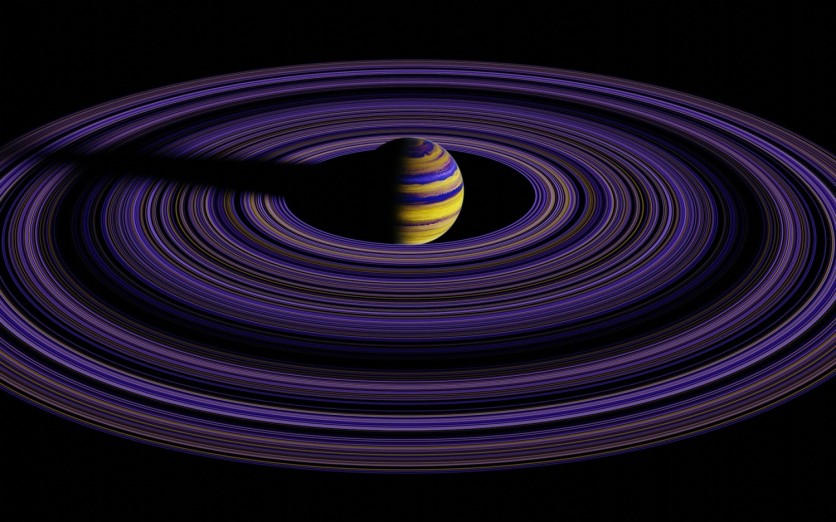Scientists are exploring groundbreaking methods to harness Earth and Jupiter as vast observatories for detecting gravitational waves, potentially unveiling cosmic secrets from the dawn of the universe to the mystifying nature of dark matter.
The innovative approach, proposed by researchers from the Institute of High Energy Physics in Beijing and the Hong Kong University of Science and Technology, could transform our understanding of the universe's most elusive phenomena.
Turning Planets into Cosmic Detectors

The recent study, published in the peer-reviewed journal Physics Review Letters, suggests that the magnetospheres of Earth and Jupiter could be key in converting gravitational waves into detectable light particles. This conversion would be facilitated by orbiting probes specifically designed to capture this light, providing a new method to observe these cosmic ripples that traditional ground-based observatories, like LIGO, cannot detect due to their high frequency.
Gravitational Waves Explained
Gravitational waves are distortions in space-time triggered by some of the most extreme events in the cosmos, such as the merging of black holes. These waves travel at the speed of light and carry essential information about their origins and the fundamental properties of gravity.
Despite their significance, gravitational waves interact weakly with matter, making them incredibly challenging to detect and requiring highly sensitive equipment.
"We demonstrate that the nearby planets, such as Earth and Jupiter, can be utilized as a laboratory for detecting the high-frequency gravitational waves," the researchers wrote.
The Breakthrough of LIGO and Beyond
The detection of gravitational waves was first achieved by the Laser Interferometer Gravitational-Wave Observatory (LIGO) in the United States in 2015.
LIGO's ability to observe changes smaller than a proton's diameter marked a monumental success in physics, confirming a century-old prediction by Albert Einstein.
Building on LIGO's foundation, scientists have been actively developing new projects aimed at capturing lower-frequency gravitational wave signals under 10,000 hertz.
High-Frequency Gravitational Waves and Cosmic Insights
However, the detection of high-frequency gravitational waves holds particular scientific value, as these are believed to have been produced in the early universe shortly after the Big Bang.
According to Ren Jing, a study co-author from the Institute of High Energy Physics, these waves could provide critical insights into the universe's infancy, including the dynamics of primordial black holes and the properties of dark matter.
The Inverse Gertsenshtein Effect: A New Approach
As per SCMP, the researchers' method relies on the inverse Gertsenshtein effect, where gravitational waves convert into electromagnetic waves in the presence of a strong magnetic field, and vice versa.
Historically, utilizing this effect was deemed impractical due to the requirement for an immense and broadly distributed magnetic field. However, the team's innovative approach leverages the natural magnetospheres of Earth and Jupiter to facilitate this conversion process.
Promising Early Results and Future Prospects
Initial calculations by the team are promising, showing that the Earth and Jupiter's magnetospheres could indeed convert high-frequency gravitational waves into light particles.
Existing scientific probes, such as Japan's Suzaku satellite and NASA's Juno spacecraft, may have already detected some of these light particles, suggesting that this method could effectively expand the range of detectable gravitational wave frequencies.
Liu Tao, another co-author from the Hong Kong University of Science and Technology, highlighted the potential of this approach to provide broad coverage of frequencies and reliable data about magnetic field strengths, among other advantages. This pioneering method could pave the way for more systematic exploration and possibly answer some of the most profound questions about our universe.
As research continues, this natural laboratory offered by Earth and Jupiter could soon become a cornerstone of gravitational wave astronomy, providing deeper insights into both our cosmic origins and the fundamental forces that shape our universe.

![Apple Watch Series 10 [GPS 42mm]](https://d.techtimes.com/en/full/453899/apple-watch-series-10-gps-42mm.jpg?w=184&h=103&f=9fb3c2ea2db928c663d1d2eadbcb3e52)



